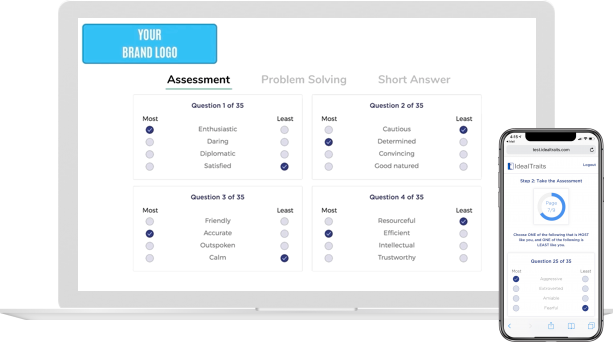Insurance CE and “Micro Learning”
According to research the average person has a total of 24 minutes a week to dedicate to learning. Our current insurance education system doesn’t cater to this reality. The industry needs to adopt “micro learning” as an alternative to the current multi-hour sessions. State DOIs tend to have issues with this concept; this article addresses these issues and how they really are non-issues.
Author: Chris Boggs Insurance continuing education (CE) is severely hampered by the slow pace of regulatory change! But this is not the only CE truth:
We could end this article now and no one could offer a strong argument against the truth of these statements. But it would be bad form to not take time to explore at least one option that could bring CE into the 21st century. Because we are “stuck” with CE, and because DOIs are “stuck in their ways,” our industry must push hard to affect the changes needed to improve the industry’s education system. Ideas are needed to get CE “unstuck.” One innovative and technologically-available option is micro-learning, some call it “nano-learning.” Effective micro-learning is:
Micro-learning allows the learner’s brain to focus on a specific topic and, in the short time required, cement the information firmly in the mind for quick recall. Micro-learning is manageable by our brains. When a student focuses on one topic for a short amount of time, and tests for mastery immediately afterwards, the ability to recall and apply the information improves. Research “proves” it:
Where micro-learning is like getting a refreshing drink at a water fountain, traditional CE is like drinking from a firehose. Sitting in a classroom or in front of a computer for two, three, six or even eight hours rarely results in the ability to remember much of the information heard longer than the time it takes to drive home after class. Hermann Ebbinghaus postulated over 130 years ago in 1885 that 67 percent of learning is forgotten within 24 hours. Although the depth of his research is questionable (he was his only test subject), the truth of his postulation has been proven over time – man cannot effectively absorb and retain large amounts of information forced on him in one sitting. Another theory around this inability to retain material is that attention spans are shrinking. Although I’m not a psychologist, sociologists, or any other “-ologist,” appearances are that technology and smart phone apps (like Twitter, Instagram, etc.) have negatively impacted attention spans. Google “attention span” and a myriad of articles factually stating that attention spans have gotten shorter populate the results. However, there are a few articles that effectively debunk the attention span myth. And I happen to agree it is a myth. In reality, attention spans haven’t gotten shorter, modern man just has more things designed to capture his attention. Phones ring, ding, vibrate and do everything to divert attention. When sitting at your desk you can’t help but be sucked in by the email that popped up even while you were reading this article. Our brains are constantly under siege. “Look at me,” “I’m more important than what you are doing,” “Hey, buddy – I need your attention.” Man’s problem is not our attention span, man’s problem is a lack of opportunity to focus on one thing long enough to retain the information presented. Enter the NEED for micro-learning. Yes, I said need. The insurance industry needs micro-learning if we ever hope to enjoy a significant increase in coverage knowledge. Only small bites of information can break through the “noise” invading our daily lives and capture our mind long enough for the material to ingrain itself in our mind. Micro-learning is our best hope for improved learning with better results. About this there is no doubt. But we have one major hurdle – regulators. DOIs won’t like this idea because it’s not “traditional” learning (you know, the firehose approach). Further, DOIs don’t know how to:
These are easily-answered objections:
Overall, DOIs should welcome the micro-learning option. Studies prove that micro-learning increases retention (especially given the testing requirement). Improved retention creates better agents and better agents take better care of their clients (the insurance-buying public). The ultimate goal of most DOIs is protecting consumers; ultimately, micro-learning protects the consumer better than traditional CE. Departments of Insurance must change more rapidly and adopt micro-learning as an approved method of providing CE. Afterall, the staidest industry in the country has already adopted micro-learning as an approved continuing education method – the CPAs. In 2016, the National Association of State Boards of Accountancy (NASBA) and the American Institute of CPAs (AICPA) approved revisions to their standards for Continuing Professional Education (CPE) Programs to include micro-learning. Why are the accountants ahead of the insurance industry? Last Updated: March 29, 2019 _______________________________________________________________________________________________ Copyright © 2024, Big “I” Virtual University. All rights reserved. No part of this material may be used or reproduced in any manner without the prior written permission from Big “I” Virtual University. For further information, contact [email protected]. |








